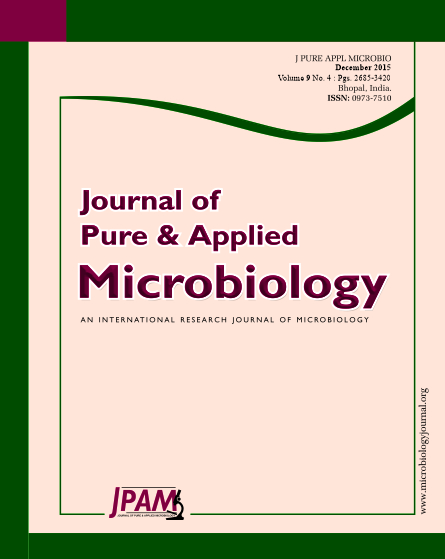Escherichia coli isolates that produce Extended-Spectrum β β β β β-Lactamase (ESBL) and AmpC β β β β β -lactamases not only cause treatment failure, but usually carry resistance genes for other antibiotics, which limits the choice of therapy. This study focused on the prevalence, detection and comparison of ESBL-type resistance genes (TEM, SHV, and CTXM) with plasmid-mediated AmpC-producing genes (MOX, CIT, DHA) from E. coli isolates from Northwest of Iran. A total of 146 ceftazidime-resistance Escherichia coli clinical isolates were collected from hospitalized cases of urinary tract infection from Northwest of Iran. Phenotypic and genotypic examination by PCR was done for the presence of ESBL and AmpC genes by PCR. One hundred and twenty eight (87.8%) and 18 (12.3%) isolates were detected possibly as ESBLs and AmpC producers respectively. Of these, 135(92.5%) of the isolates harbored blaCTXM, 105(71.9%) blaTEM , 111(76%) blaSHV, 47(32.2%) CIT, 8(5.5%) MOX and 2 (1.4%) DHA gene. Findings of the present study indicates high rate of resistance to beta-lactam antibiotics due to CTX-M, TEM and SHV genes. Secondly, in 32% of AmpC isolates CIT genes was detected, which indicates high prevalence of this gene. This findings shows importance of developing local stewardship program for antibiotic consumption and screening isolates for the presence of ESBL and AmpC genes.
Escherichia coli, ESBL, AmpC, Resistance, Phenotypic, Genotypic.
© The Author(s) 2015. Open Access. This article is distributed under the terms of the Creative Commons Attribution 4.0 International License which permits unrestricted use, sharing, distribution, and reproduction in any medium, provided you give appropriate credit to the original author(s) and the source, provide a link to the Creative Commons license, and indicate if changes were made.


